General Science GK Part 4 For UPSC And NEET Exam:
1. Which one of the following fungi contains hallucinogens?
(A) Morchella esculenta
(B) Amantia muscaria
(C) Neurospora sp.
(D) Ustilago sp.
Ans: Amantia muscaria (B)
2. An alga which can be employed as food for a human being is
(A) Ulothrix
(B) Chlorella
(C) Spirogyra
(D) Polysiphonia
Ans: Chlorella (B)
3. In the five-kingdom classification, Chlamydomonas and Chlorella have been included in
(A) Protista
(B) Algae
(C) Plantae
(D) Monera
Ans: Protista (A)
4. Pneumoconiosis affects the workers who work mainly in
(A) Tanneries
(B) Coal mining industry
(C) Distillerie
(D) Glass Industry
Ans: Coal mining industry (B)
5. In which organ of the human body, lymphocyte cells formed?
(A) Liver
(B) Long bone
(C) Pancreas
(D) Spleen
Ans: Long bone (B)
6. When one gene controls two or more different characters simultaneously, the phenomenon is called
(A) apomixis
(B) polyploidy
(C) pleiotropy
(D) polyteny
Ans: pleiotropy (C)
7. Corpus luteum is a mass of cells found in
(A) Brain
(B) Spleen
(C) Pancreas
(D) Ovary
Ans: Ovary (D)
8. Which of the following features of DNA makes it uniquely suited to store and transmit genetic information from generation to generation?
(A) Complementary of the two strands
(B) Double helix
(C) Number of base pairs per turn
(D) Sugar phosphate backbone
Ans: Complementary of the two strands (A)
9. Phylum Mollusca can be distinguished from other invertebrates by the presence of
(A) Bilateral symmetry and exoskeleton
(B) A mantle and gills
(C) Shell and non-segmented body
(D) A mantle and non-segmented body
Ans: A mantle and non-segmented body (D)
10. An important character that Hemichordates share with chordates is
(A) Pharynx with gill slits
(B) Ventral tubular nerve cord
(C) Pharynx without gill slits
(D) Absence of notochord
Ans: Pharynx with gill slits (A)
11. Elbow joint is an example of
(A) Pivot joint
(B) Hinge joint
(C) Gliding joint
(D) Ball and Socket joint
Ans: Hinge joint (B)
12. Which class of animals includes all ectoparasites on some fishes
(A) Amphibia
(B) Osteichthyes
(C) Reptilia
(D) Cyclostomata
Ans: Cyclostomata (D)
13. Aleurone layer is present in
(A) Virus-infected plant cell
(B) Pathogenic fungi
(C) Bacterial biofilm
(D) Seed
Ans: Seed (D)
14. Conifers are adapted to tolerate extreme environment condition because of
(A) broad hardy leaves
(B) superficial stomata
(C) thick cuticle
(D) presence of vessels
Ans: thick cuticle (C)
15. The long plants are capable of standing erect due to the presence of
(A) Sclerenchyma
(B) Collenchyma
(C) Parenchyma
(D) Prosenchyma
Ans: Sclerenchyma (A)
16. The most active phagocytic white blood cells are
(A) Eosinophils and lymphocytes
(B) Neutrophils and monocytes
(C) Neutrophils and eosinophils
(D) Lymphocytes and macrophages
Ans: Neutrophils and monocytes (B)
17. Which one of the following salts predominates in the bone matrix?
(A) Sodium chloride
(B) Magnesium phosphate
(C) Calcium phosphate
(D) Sodium carbonate
Ans: Calcium phosphate (C)
18. Tendons and ligaments are specialised types of
(A) Adipose tissue
(B) Areolar tissue
(C) Fibrous Connective Tissue
(D) Epithelial Tissue
Ans: Fibrous Connective Tissue (C)
19. A polysaccharide constituent found in the matrix of cartilage is
(A) Ossein
(B) Collagen
(C) Chondroitin
(D) Hyaline
Ans: Chondroitin (C)
20. What is the name of the vessel that delivers the nutrient/rich blood from the stomach and small intestine to the liver?
(A) Left hepatic artery
(B) Hepatic vein
(C) Flight hepatic artery
(D) Hepatic portal vein
Ans: Hepatic portal vein (D)
21. Match List-I with List-II and select the correct answer using the codes given below
| List-I (Bone) | List-II (Name) |
|---|---|
| (A) Breast-bone | (1) Clavicle |
| (B) Collar-bone | (2) Patella |
| (C) Knee-cap | (3) Scapula |
| (D) Shoulder blade | (4) Sternum |
Codes:
(A) A-4; B-1; C-3; D-2
(B) A-1; B-4; C-3; D-2
(C) A-1; B-4; C-2; D-3
(D) A-4; B-1; C-2; D-3
Ans: A-4; B-1; C-2; D-3 (D)
22. Match List-I (Drugs/Chemicals) with List-II (Their uses) and select the correct answer using the codes given below
| List-I (Bone) | List-II (Name) |
|---|---|
| (A) Atropine | (1) Local anaesthesia |
| (B) Ether | (2) Heart trouble |
| (C) Nitroglycerine | (3) Dilation of the pupil |
| (D) Pyrethrin | (4) Mosquito control |
Codes:
(A) A-1; B-3; C-2; D-4
(B) A-1; B-3; C-4; D-2
(C) A-3; B-1; C-4; D-2
(D) A-3; B-1; C-2; D-4
Ans: A-3; B-1; C-2; D-4 (D)
23. The mesoderm gives rise to all the following structures in the fully developed animal except
(A) Muscular System
(B) Nervous System
(C) Circulatory System
(D) Gonads
Ans: Nervous System (B)
24. After a sperm has penetrated on ovum, entry of other sperm is prevented by
(A) Condensation of yolk
(B) Formation of pigment coat
(C) Development of vitelline membrane
(D) Development of fertilization membrane
Ans: Development of fertilization membrane (D)
25. Internodal elongation is promoted by the action of
(A) Auxin
(B) Gibberellic acid
(C) Cytokinin
(D) Abscisic acid
Ans: Gibberellic acid (B)
26. Cleavage in the fertilized egg of humans
(A) starts in uterus
(B) is meroblastic
(C) starts when an egg is in fallopian tube
(D) is discoidal
Ans: starts when an egg is in fallopian tube (C)
27. Most accepted theory of agening is
(A) Death of brain cells
(B) Nonfunctioning of α-cells in the pancreas
(C) Less RBC in blood
(D) Nonfunctioning of the thymus gland
Ans: Nonfunctioning of the thymus gland (D)
28. Exchange of genes occurs in submerged plants through
(A) Stomata
(B) General surface
(C) Hydathodes
(D) Lenticels
Ans: General surface (B)
29. The microfilaments of eukaryotic cells are made up of
(A) Actin
(B) Albumin
(C) Globulin
(D) Fibrin
Ans: Actin (A)
30. A complex of ribosomes attached to a single strand of RNA is known as
(A) Okazaki fragment
(B) Polysome
(C) Polymer
(D) Polypeptide
Ans: Polysome (B)
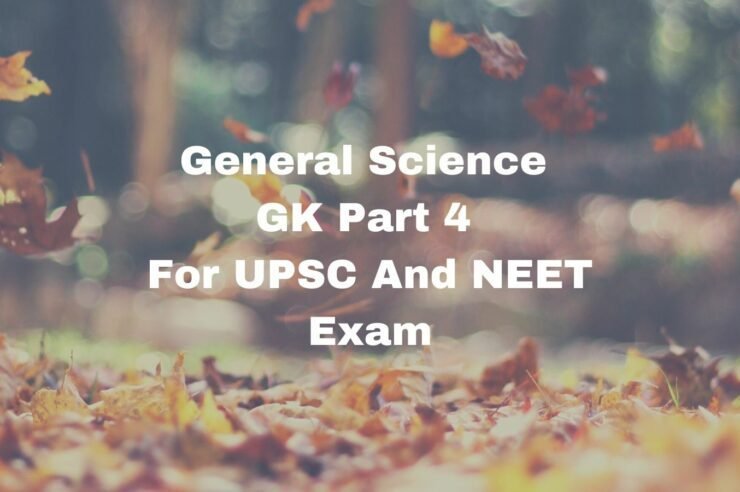
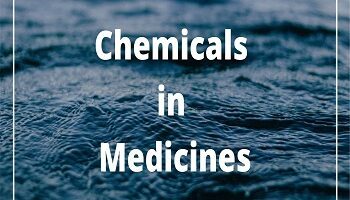
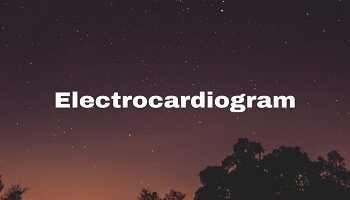
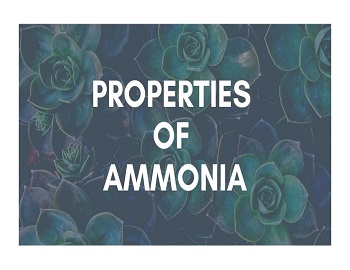
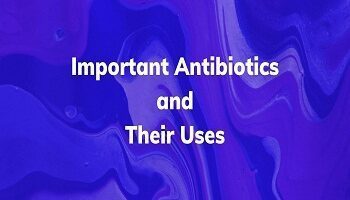
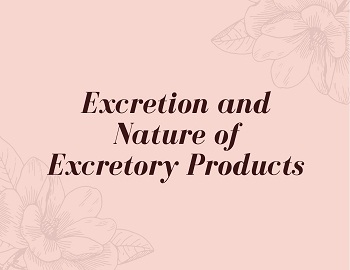


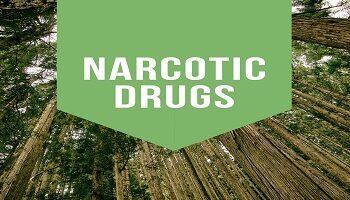
Comments (No)